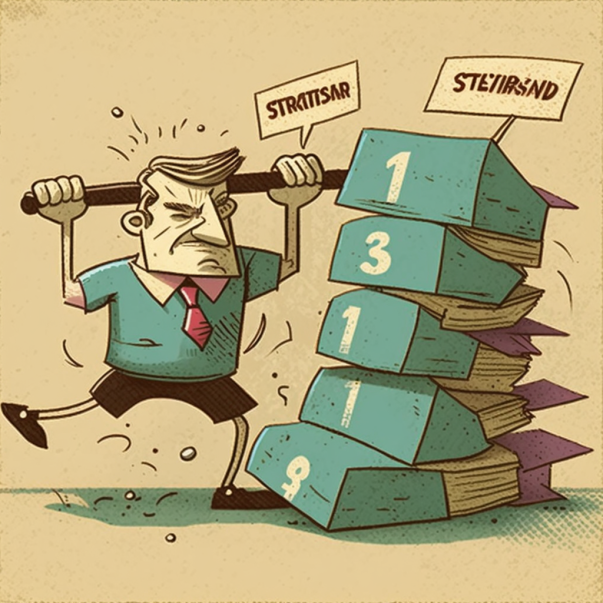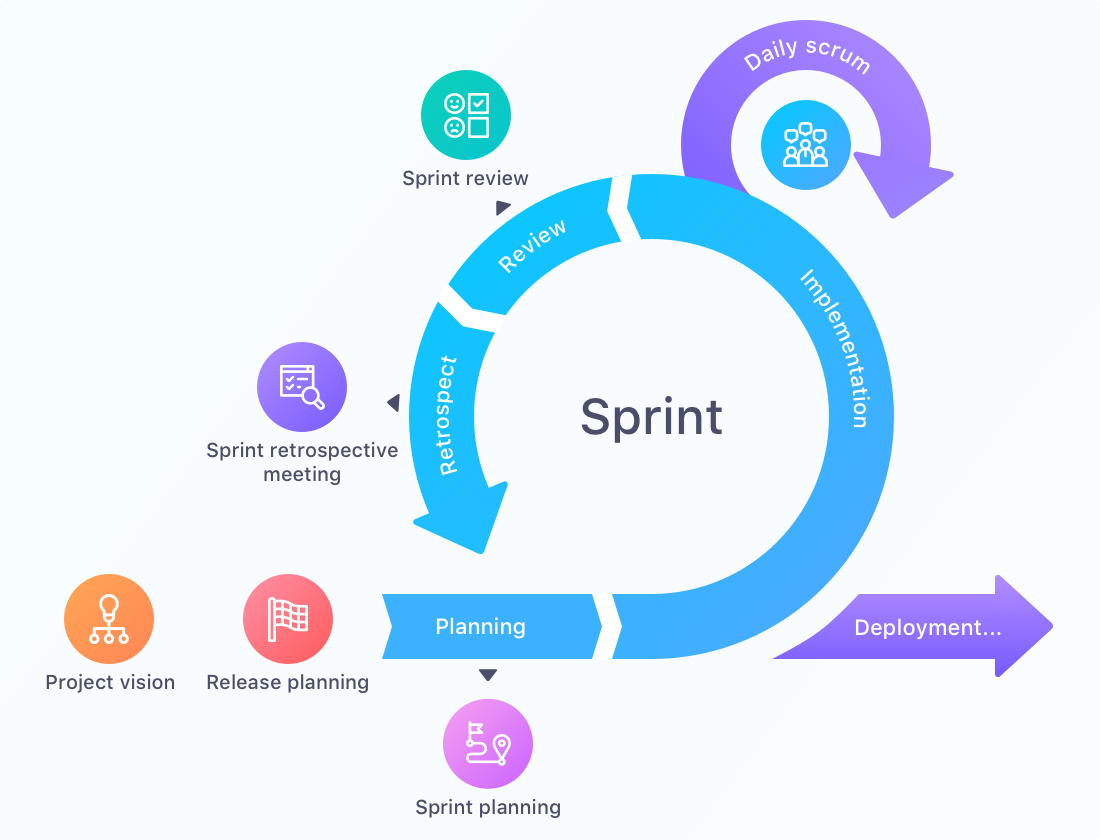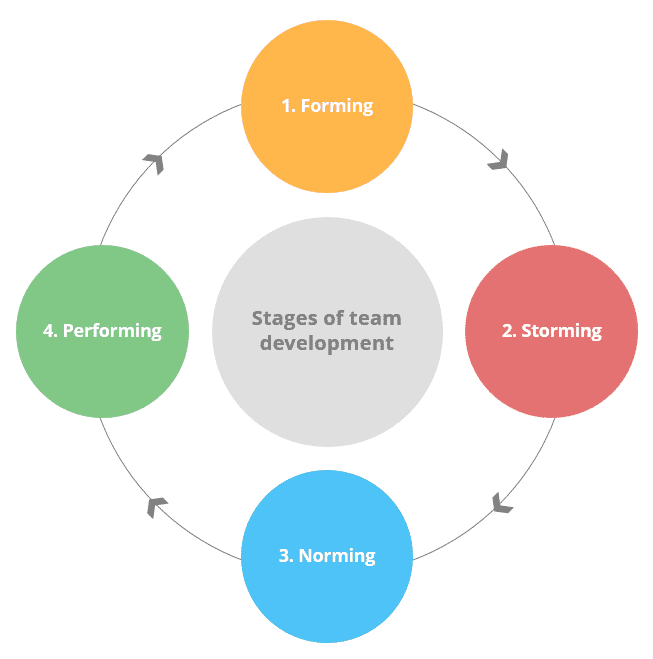In today’s fast-paced and constantly evolving business landscape, agility has become a necessity for organizations looking to stay competitive. Agile methodologies offer a solution for teams to work more efficiently and effectively in a flexible and iterative manner, allowing for faster time-to-market and increased customer satisfaction. However, with a wide range of Agile methodologies to choose from, such as Scrum, Kanban, Lean, and XP, it can be overwhelming to determine which one to use.
Choosing the right Agile methodology is a critical step in the project management approach, and it depends on various factors, such as team size, project complexity, customer expectations, and organizational culture. A comparative analysis of different Agile methodologies can help organizations understand the unique features, benefits, and drawbacks of each approach, enabling them to make an informed decision that aligns with their specific needs and goals.
| Scrum | Kanban | Extreme Programming (XP) | Lean Development | Crystal | |
|---|---|---|---|---|---|
| Values | Individuals and interactions over processes and tools; Working software over comprehensive documentation; Customer collaboration over contract negotiation; Responding to change over following a plan | Focuses on continuous delivery of work; Visualizing workflow; Limiting work in progress; Managing flow | Communication; Simplicity; Feedback; Courage; Respect | Eliminate waste; Amplify learning; Decide as late as possible; Deliver as fast as possible; Empower the team; Build integrity in; See the whole | Personal safety; Focus; Easy access to expert users |
| Principles | Empirical process control; Self-organizing teams; Time-boxed iterations; Deliverables; Sprint planning; Sprint retrospective | Visualize the workflow; Limit work in progress; Manage flow; Make process policies explicit; Implement feedback loops; Improve collaboratively and evolve experimentally | Fine scale feedback; Continuous process improvement; Shared understanding; Programmer welfare; Respect | Optimize the whole; Build quality in; Create knowledge; Defer commitment; Deliver fast; Respect people; Optimize the team | Frequent delivery; Reflective improvement; Osmotic communication; Personal safety |
| Practices | Product backlog; Sprint planning; Daily scrum; Sprint review; Sprint retrospective | Visual board; Work-in-progress limits; Delivery cadence; Flow metrics | Pair programming; Test-driven development; Continuous integration; Refactoring; Simple design | Visual management; Continuous improvement; Waste elimination; Small batch sizes; Pull system; Cross-functional teams; Just-in-time | Frequent delivery; Incremental development; Continuous attention to technical excellence; Small teams; Close customer collaboration |
| Roles | Product Owner; Scrum Master; Development Team | No predefined roles; Self-organizing team | Customer; Programmer; Tester | No predefined roles; Cross-functional teams | Crystal Clear: Lead; Coordinator; Communicator; Developer; Tester; User |
| Ceremonies | Sprint planning; Daily scrum; Sprint review; Sprint retrospective | No predefined ceremonies; Focus on continuous delivery | Planning game; Daily stand-up; Iteration review; Iteration retrospective | No predefined ceremonies; Focus on continuous improvement and learning | Frequent delivery; Reflection meetings |
| Artifacts | Product Backlog; Sprint Backlog; Increment | Visual board; Cumulative Flow Diagram; Lead Time Histogram | User stories; Release plan; Spike | Value stream map; Kanban board; Cumulative Flow Diagram | Working software; User stories; Release plan |




